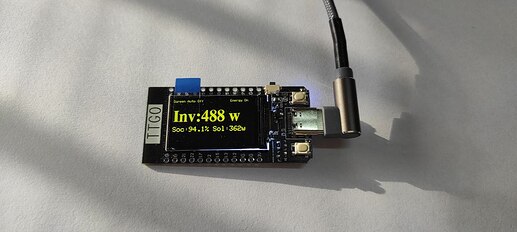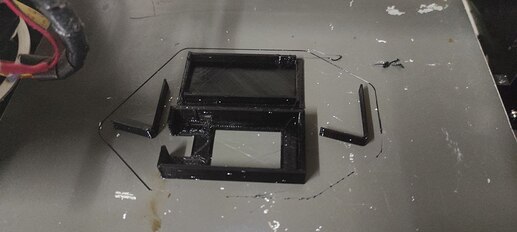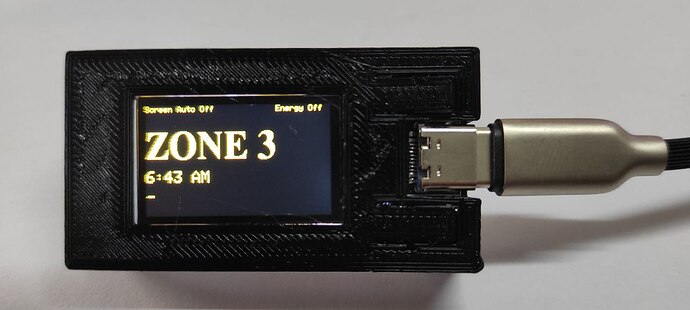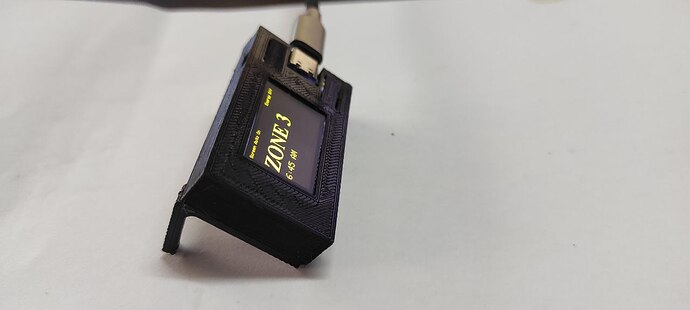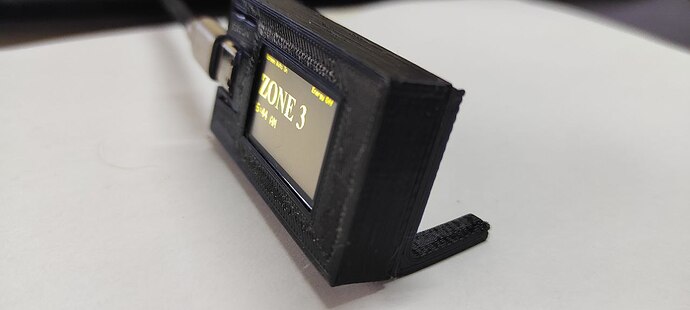I have my own security setup that is controlled via Node Red.
One thing that I have toyed with was to have a small display at my bedside table that will display the Zone that was triggered. I have the phone that shows all the triggers but I wanted something that I can see at a glance.
I could have done this with a Wemos and a small OLED but the TTGO board comes with two buttons and a much nicer OLED all integrated and at R 180 for the kit I could not resist.
The program was fairly simple - Have the unit screen off all the time and listen for a MQTT topic. if the correct one arrives (Alarm Trigger) switch on the screen display the Payload and after 60 sec turn off.
But then what would a display be if it can not show your solar data…
So , for the moment , I have a screen that shows some basic solar info and if a Zone gets triggered it will display the Zone and disable the solar data until I reset.
I also have the option that have the screen permanent on or on timeout. I still want to add a small buzzer to the circuit but need to look at the power draw so that it could wake me up at night if triggered.
@JacoDeJongh this is where the 3d Printer adds to the fun and a small case was born
Final project assembled
Alarm triggered
Can Also rotate the screen if need be
All and all a fun little board and If you are willing to spend more time with it there will an lot more you can do.

